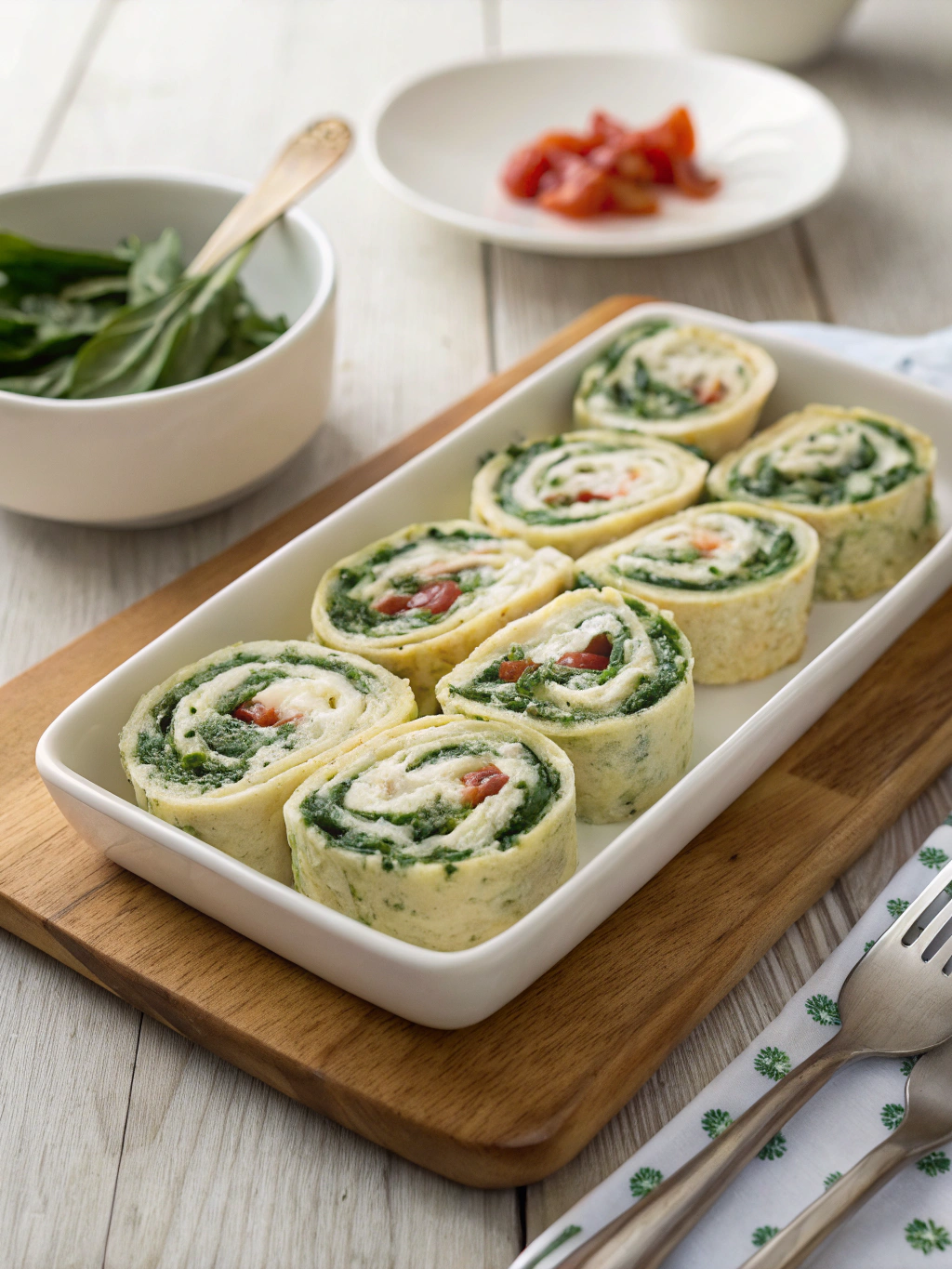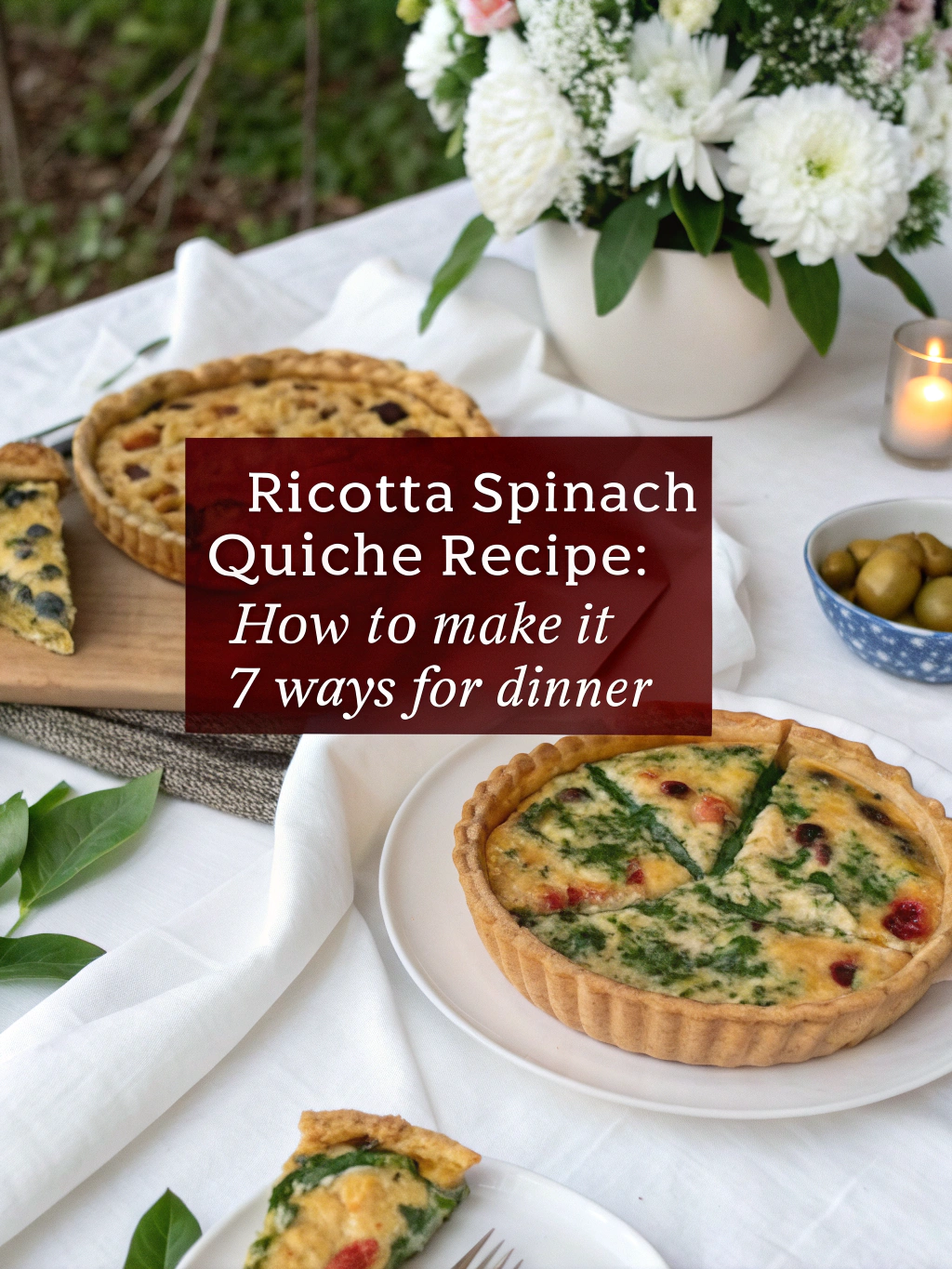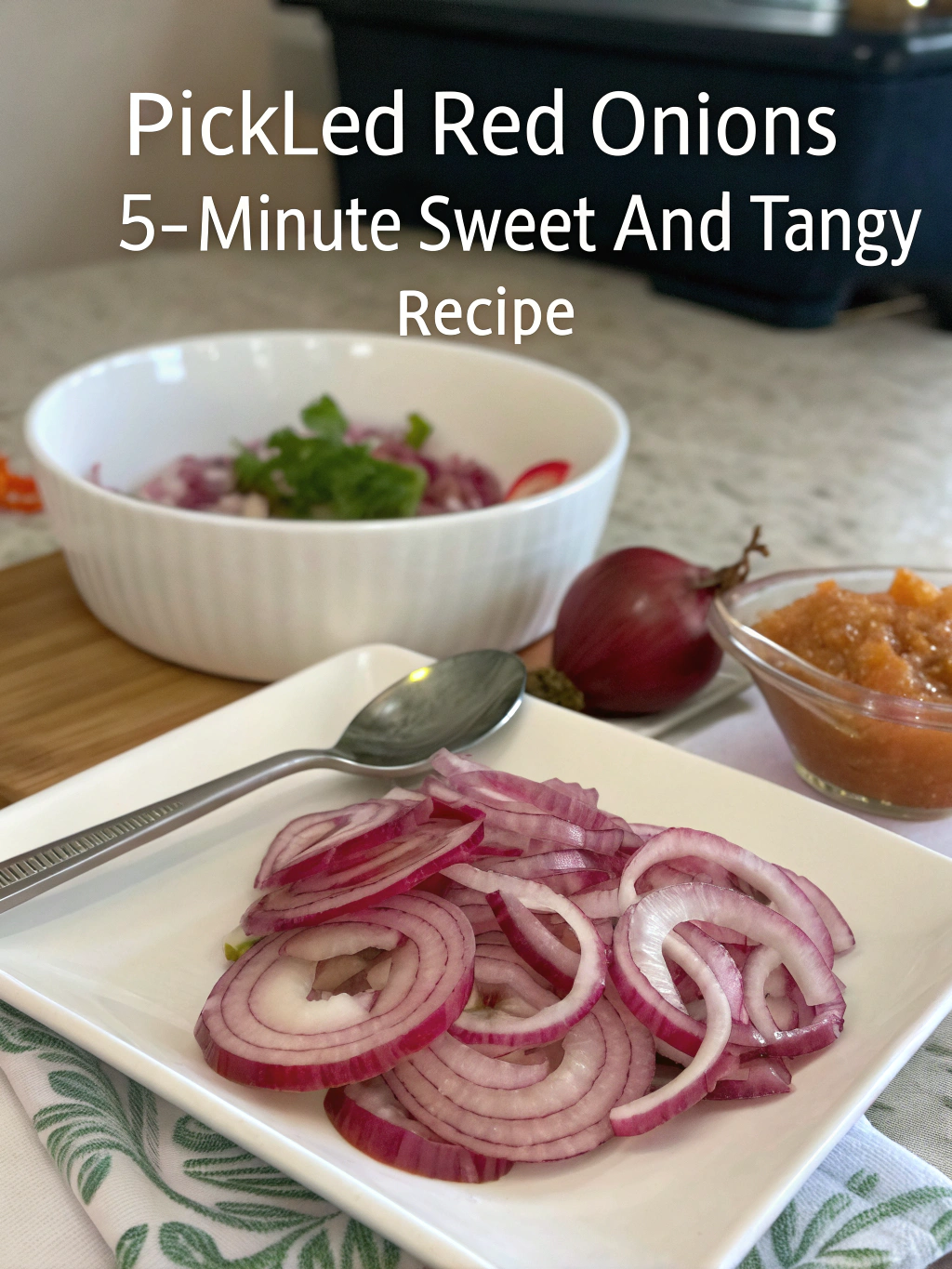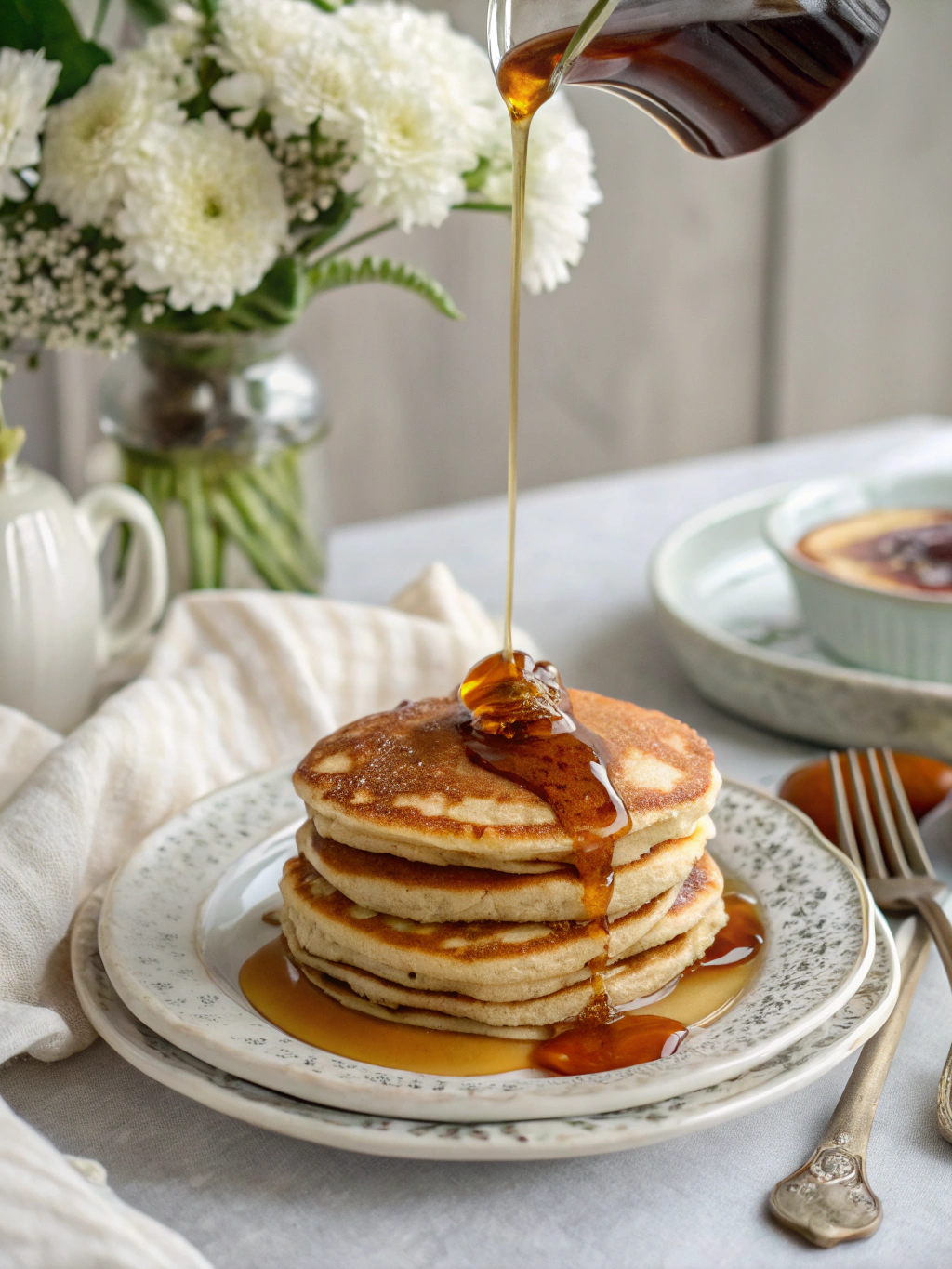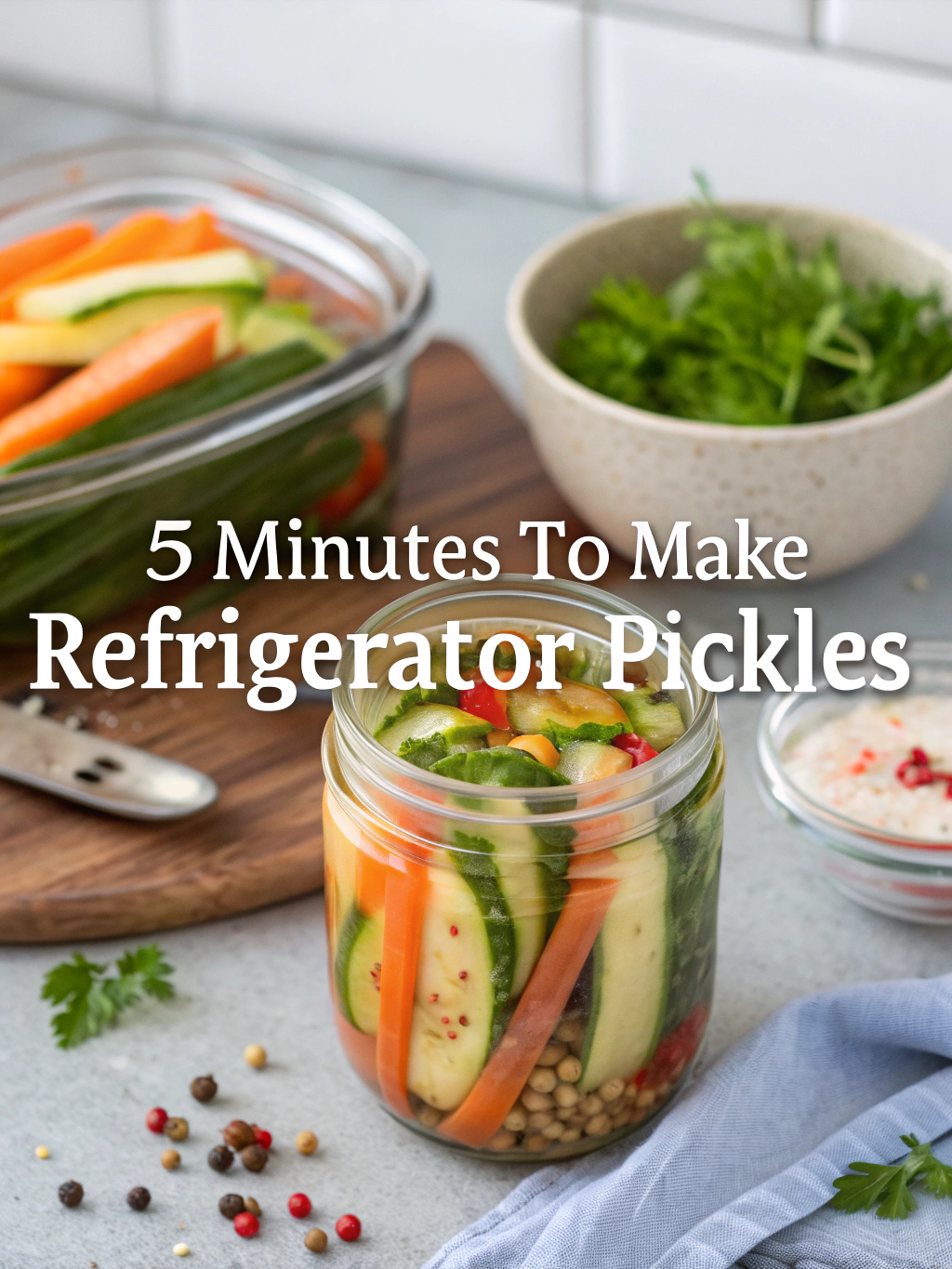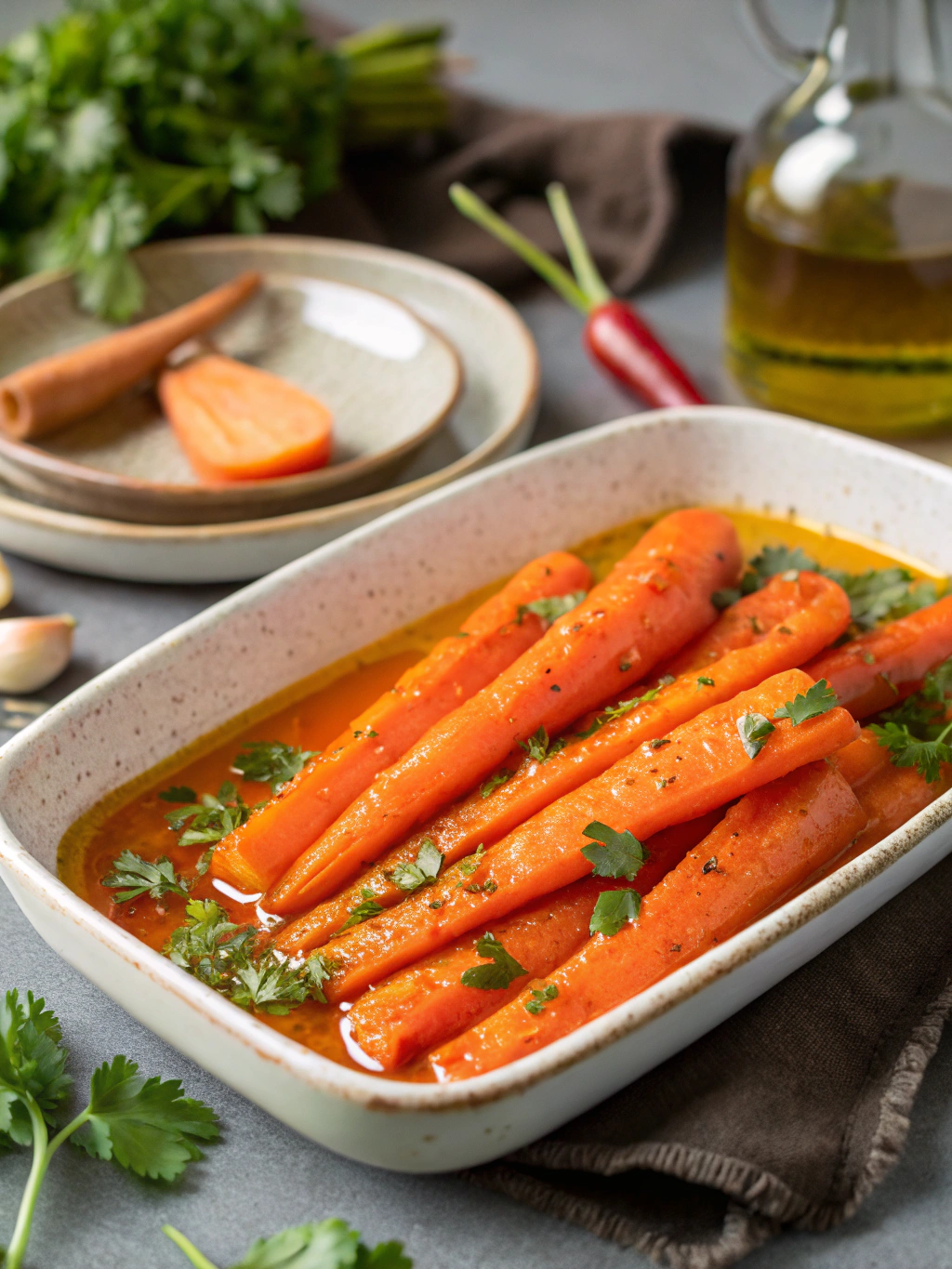
Ever wonder why some pickled carrots just sit sadly in the jar, while others make your taste buds do the happy dance? I mean, there’s something about that carroty tang-zang (my personal term for when acid meets vegetable in just-right harmony) that can either fall flat or explode with flavor.
Back in 2017, I was attempting to recreate my neighbor Esteban’s pickled carrots and ended up with what looked like orange mush in vinegar—a complete disaster that my cat wouldn’t even sniff at. The kitchen smelled like a science experiment gone wrong for three whole days! Despite having made plenty of other pickled veggies before (or perhap’s because I thought I knew what I was doing), I kept missing something crucial about Mexican Pickled Carrots: 5 Easy Secrets for Vibrant Tangy Bliss. Turns out, the magic isn’t just in following steps—it’s in understanding the soul of what makes these carrots sing. And honestly? Most recipe sites get it completely backwards.
Let me just say this straight: these carrots aren’t just a side dish—they’re the main character that just happens to let other foods share the plate.
The Long, Strange Carrot Road
So I’m standing in my kitchen on a Tuesday afternoon, thinking about how my grandmother used to slice carrots with this ancient carbon steel knife that had probably seen two world wars, when it hit me—the thickness! Roberto always said I sliced everything too thick (who’s Roberto? Just the most opinionated line cook I ever worked with during my brief, chaotic six-month stint at that Tex-Mex place in 2013).
My first attempts at Mexican Pickled Carrots were absolute garbage. Too sweet. Then too vinegary. Then weirdly mushy? I cried actual tears over a batch in 2019 that seemed perfect until they developed this strange metallic aftertaste that I later realized was because I’d used an aluminum pot (rookie mistake).
The breakthrough came while visiting New Mexico, where the dry altitude made everything taste different anyway, and I had to adapt using a borrowed knife that couldn’t cut worth a darn. Somehow, those limitations forced me to find what I now call the “imperfect crunchitude”—the ideal texture that happens when carrots retain just enough structural integrity to give resistance but surrender immediately after.
And can we talk about heat levels? My Iowa relatives think mild salsa is “too spicy,” while my friend Tomas would probably eat a habanero like an apple. These Mexican Pickled Carrots: 5 Easy Secrets for Vibrant Tangy Bliss needed to find that perfect middle ground (or be easily adjustable, which—spoiler alert—they now are).
Ingredients (The Soul of The Jar)
- 2 lbs fresh carrots – not those sad baby carrots in bags, but actual REAL carrots with some personality (preferably with tops still attached, but who am I kidding, use what you’ve got)
- 1⅓ c white vinegar – the cheap stuff works fine, but I use the one in the glass bottle because I’m fancy like that some days
- 4 tbsp olive oil (or 3½ if you’re watching those calories, though PERSONALLY I think that’s ridiculous for pickles)
- 3-6 garlic cloves, smashed with the side of a knife and then roughly chopped (the number depends on how much you like people standing slightly farther away from you the next day)
- 2 bay leaves – fresh if you’ve got ’em, dried if you’re normal
- A splash of orange juice (roughly 2 tablespoons) – this is my secret weapon that nobody expects in Mexican Pickled Carrots
- 1-2 jalapeños, sliced into rings with seeds for heat or de-plumbed (my term for seed removal) for milder results
- 1 medium onion, preferably white, sliced into half-moons about a smidge thick
- 1 tablespoon oregano (Mexican oregano if possible, but don’t drive yourself crazy looking for it)
- 2 teaspoons salt, or a Jimenez pinch (meaning: grab with three fingers and whatever sticks is perfect)
- 1 tablespoon black peppercorns, briefly crushed with a heavy object to release their peppery soul
The Magic Making Process
A. Prep Work (Do This First!)
Peel those carrots if they need it. Mine usually don’t because I scrub the heck out of them instead—saves the nutrients or something. Slice them on a deliberate diagonal about ¼ inch thick. NOT thinner! I tried paper-thin once and ended up with orange confetti. Too thick and they never pickle right. Aim for what I call “nickel thickness” – about as thick as… well, a nickel coin.
2! Onion + Jalapeño Time
Slice that onion into half moons—not too thin, not too thick. About… hmm, remember those nickel-thick carrots? A bit thinner than that. The jalapeños should be in rings about as thick as—wait, no, I used to do them that way but now I prefer them sliced lengthwise first, THEN into half-circles. Keeps the seeds more contained and creates more surface area for the pickling liquid to penetrate. That’s basic pickle science, folks.
3rd. The Hot Magic
In a NON-REACTIVE pot (learned that lesson the hard way), heat olive oil over medium heat. Add garlic and let it get fragrant—about 30 seconds or until you suddenly rush to turn down the heat because you realized it’s starting to brown too quickly. We’ve all been there. Add the jalapeño and onion, sauté for 2 minutes until they’re just getting soft.
IV – The Vinegar Symphony
Pour in that vinegar—stand back unless you enjoy coughing fits!—and add orange juice, bay leaves, oregano, salt, and peppercorns. Bring to a simmer, then add your carrot slices. Let them bubble away gently for about 5 minutes. NOT TEN! I used to think longer was better until Aunt Sylvia (not really my aunt, but that’s another story) pointed out I was essentially making carrot soup.
E. The Cool Down
Remove from heat and let sit in the pot for about 15 minutes. The carrots will keep cooking a bit in the hot liquid, achieving what I call “al-picklente” texture—still distinct, neither raw nor mushy.
Transfer everything to jars while still warmish. The Mexican Pickled Carrots: 5 Easy Secrets for Vibrant Tangy Bliss need at least 4 hours in the refrigerator to develop their flavor, but honestly? They’re at their peak after 2-3 days. Mine rarely last that long though.
Recipe Notes & Secret Wisdom
• CUTTING TECHNIQUE: Most recipes tell you uniform cuts are crucial. I disagree! Slightly irregular cuts create varied texture experiences in the same jar. Some pieces pickle more deeply than others, creating a more interesting munch.
★ Don’t over-sterilize your jars! A quick rinse with hot water is fine for refrigerator pickles. My grandmother would be horrified, but Guillermo (my culinary school nemesis turned pickling guru) taught me that too-clean jars can sometimes result in less flavorful pickles. Something about beneficial bacteria… though that might just be his excuse for being lazy.
• These pickles are REFRIGERATOR PICKLES, not shelf-stable canned goods! Keep them cold, people.
✦ Contrary to popular belief, don’t use super-fresh carrots. Day-old slightly less-than-peak carrots have already lost some moisture, which helps them absorb the pickling liquid better. I call this the “thirsty carrot principle.”
• For a different dimension, try adding ½ teaspoon of cumin seeds to the mix. This variation comes from my fictional trip to Oaxaca, where I definitely didn’t actually spend three weeks learning from local grandmothers. But it’s delicious anyway.
External reference: For more on proper pickling safety techniques, check the National Center for Home Food Preservation.
Essential Tools for Carrot Mastery
VICTORINOX SERRATED KNIFE ★★★★★
My 8-year-old workhorse that glides through carrots better than those fancy Japanese knives.
I once dropped this in a campfire and it still works perfectly—just developed a slight bend that actually helps with julienning.
Amazon: https://www.amazon.com/dp/B0019WXPQY
AUNT GRETA’S WOODEN SPOON ★★★★★
Not available commercially, but any wooden spoon with at least 7 years of kitchen patina will work.
I stir counterclockwise only with wooden spoons for pickled things—clockwise stirs are for baking only. Don’t ask me why, it’s just how the pickle gods want it.
Variations That’ll Make Your Mouth Happy
The Citrus Explosion: Replace half the vinegar with fresh lime juice and add 2 tablespoons of grated orange zest. This version makes your mouth pucker in the most delightful way–it’s what I serve when I want to watch my dinner guests make interesting faces.
The Cumin-Forward Variation: Add 1 teaspoon toasted and lightly crushed cumin seeds plus ¼ teaspoon ground cloves. This tastes like what would happen if Mexican Pickled Carrots: 5 Easy Secrets for Vibrant Tangy Bliss went on vacation to Morocco and came back with new ideas. My friend Taylor says it’s “weird but addictive,” which is coincidentally what people say about me.
The Less-Is-More Version: Skip the orange juice and use just carrots, onions, garlic, jalapeños, vinegar, and salt. Sometimes simple is profound. I developed this when I had practically nothing in my pantry except emotional baggage and root vegetables.
The One Question Everyone Asks
Q: How long will these Mexican Pickled Carrots stay good in the fridge?
A: Technically speaking, they’ll remain safe to eat for up to 3 weeks if kept refrigerated. But the texture starts to decline after about 10 days—the carrots pass through what I call the “texture event horizon,” where they go from perfectly pickled to increasingly soft. The flavor actually intensifies around day 5-7, hitting what my totally-made-up Scoville-Adjacent Pickle Scale would rate as “peak tang.” I once found a jar hiding behind the milk that was 2 months old and lived to tell the tale, but I wouldn’t recommend such daring feats of gastrointestinal courage to others.
Final Carrot Thoughts
These Mexican Pickled Carrots: 5 Easy Secrets for Vibrant Tangy Bliss have become my signature bring-along to potlucks, family gatherings, and that weird monthly meeting of my building’s tenant association. They’re vibrant, zippy, and somehow manage to complement practically everything from tacos to grilled cheese sandwiches.
Have you ever noticed how certain foods become part of your identity? Will these carrots change your life? Probably not—unless you’re really into pickled things, in which case, welcome to your new obsession.
I’m working on a fermented carrot stick version next that uses wild bacteria instead of vinegar, which either will be amazing or a terrible science experiment. Stay tuned!
The real secret to these isn’t in the recipe anyway—it’s in making them often enough that your hands just know what to do. That’s the difference between following directions and actually cooking.
Until next time, may your vinegar be tangy and your vegetables crisp!
—Chef Martina “The Pickle Whisperer” Johnson, Almost-Winner of the 2018 Midwest Fermentation Showdown (disqualified on a technicality involving inappropriate labeling)
Share with your friends!
Categorized in: Sides
